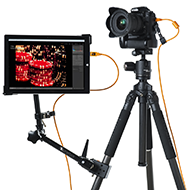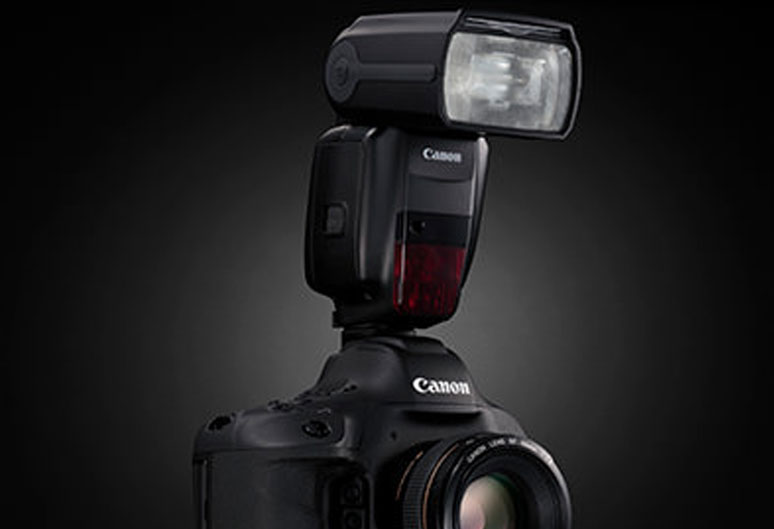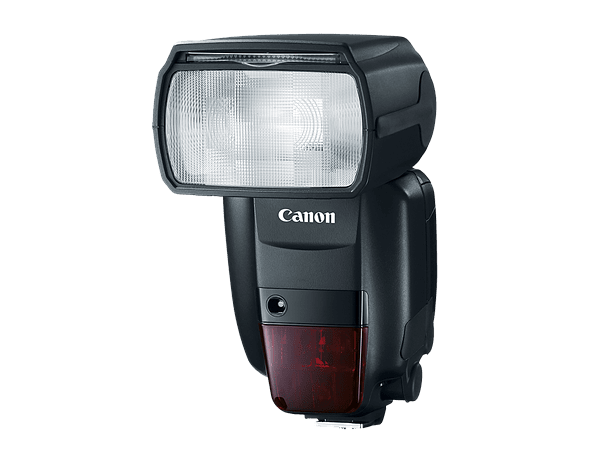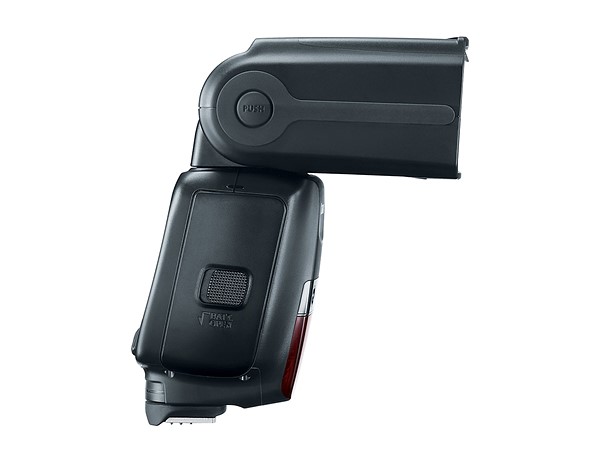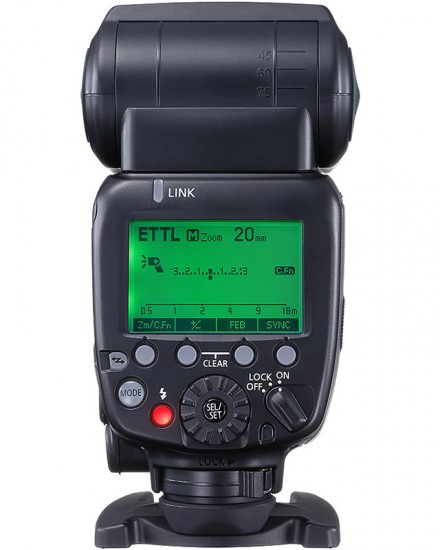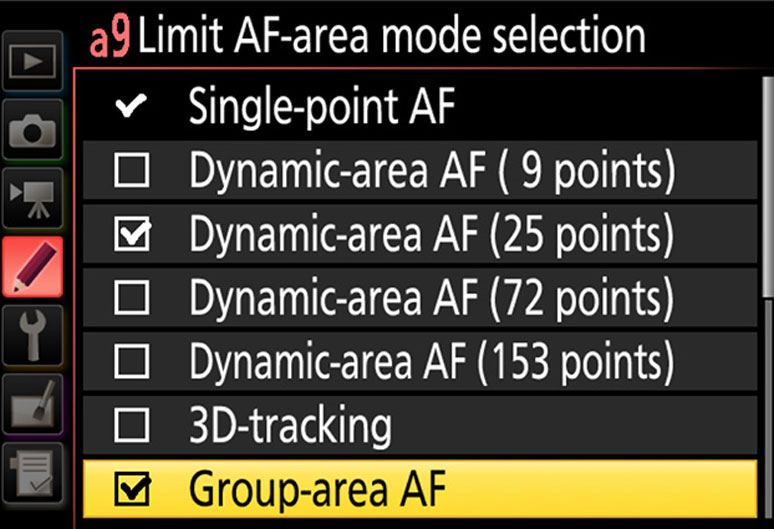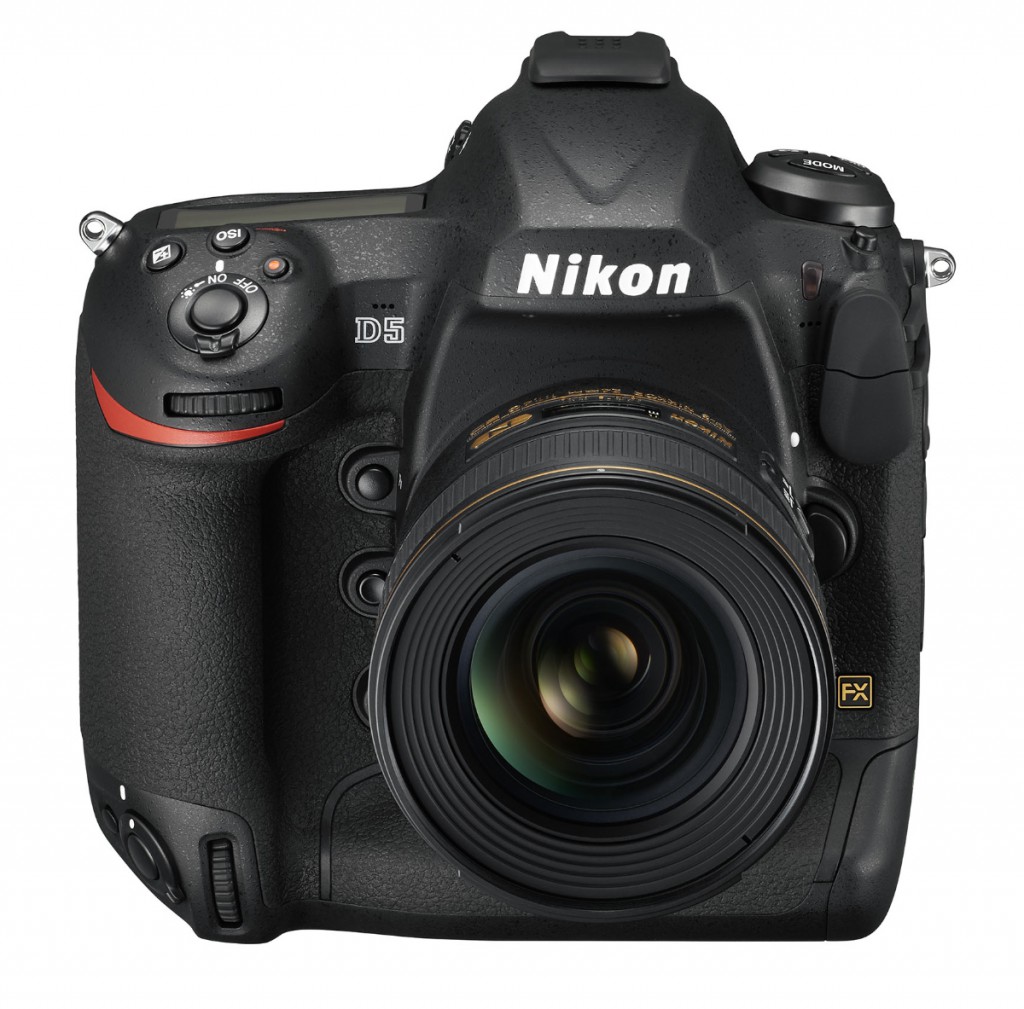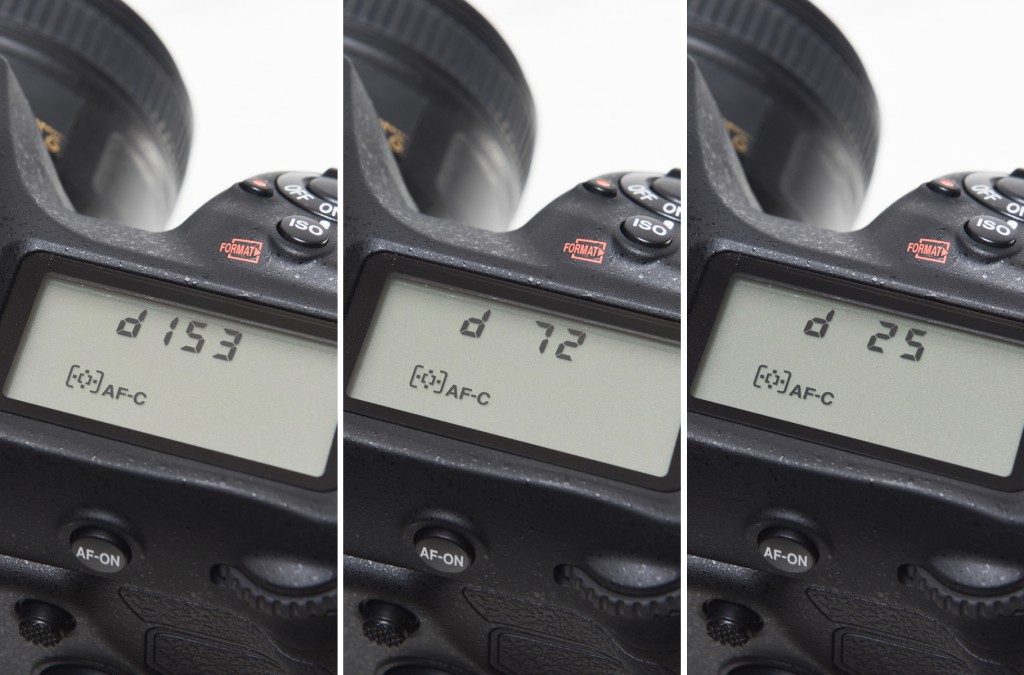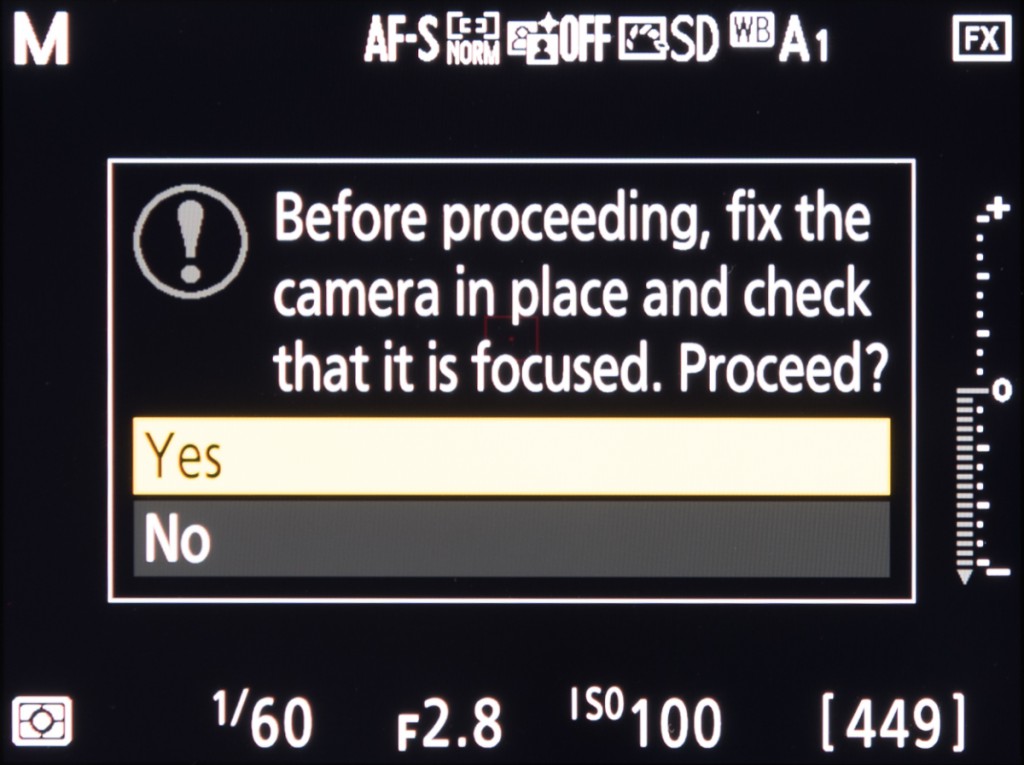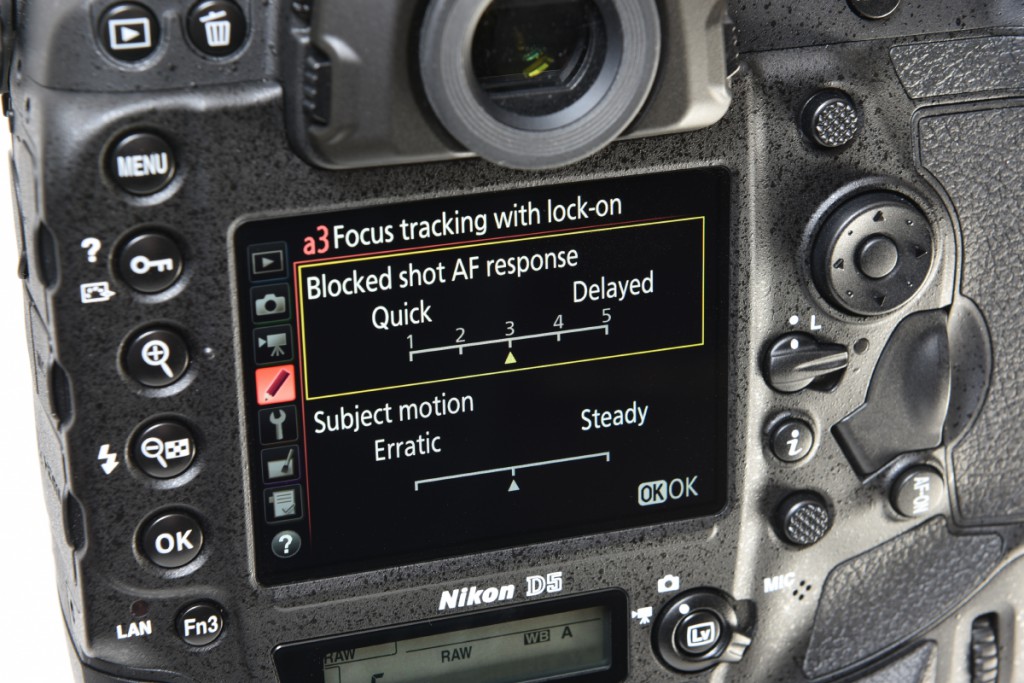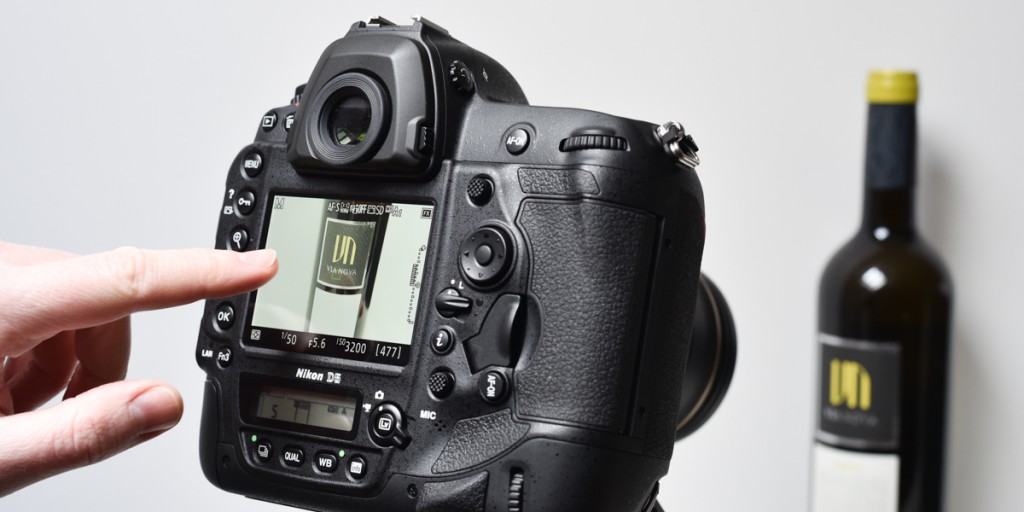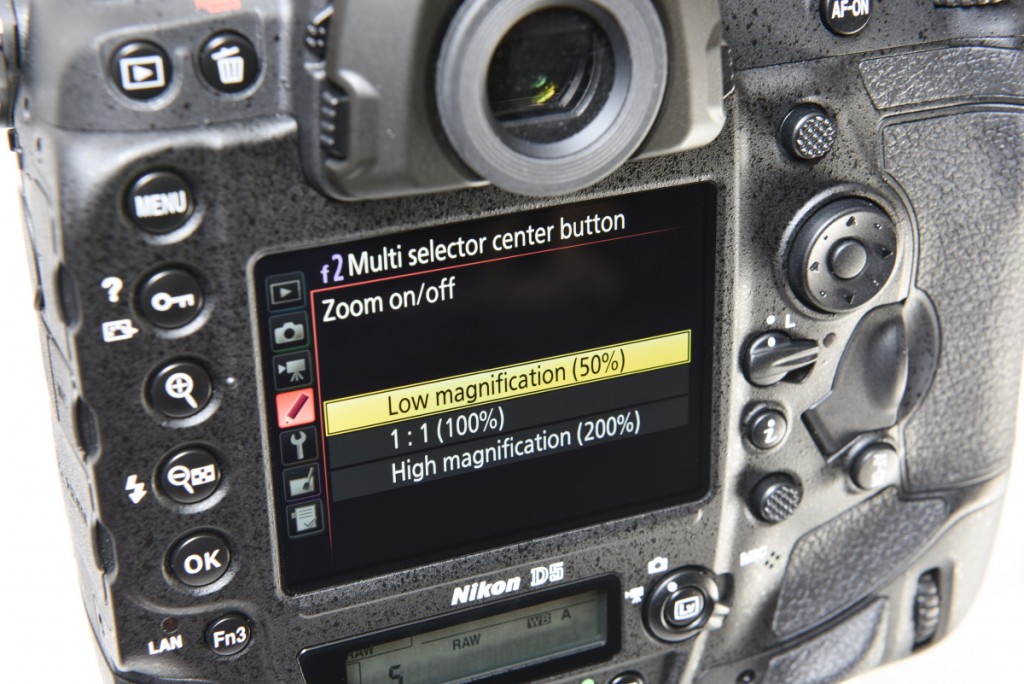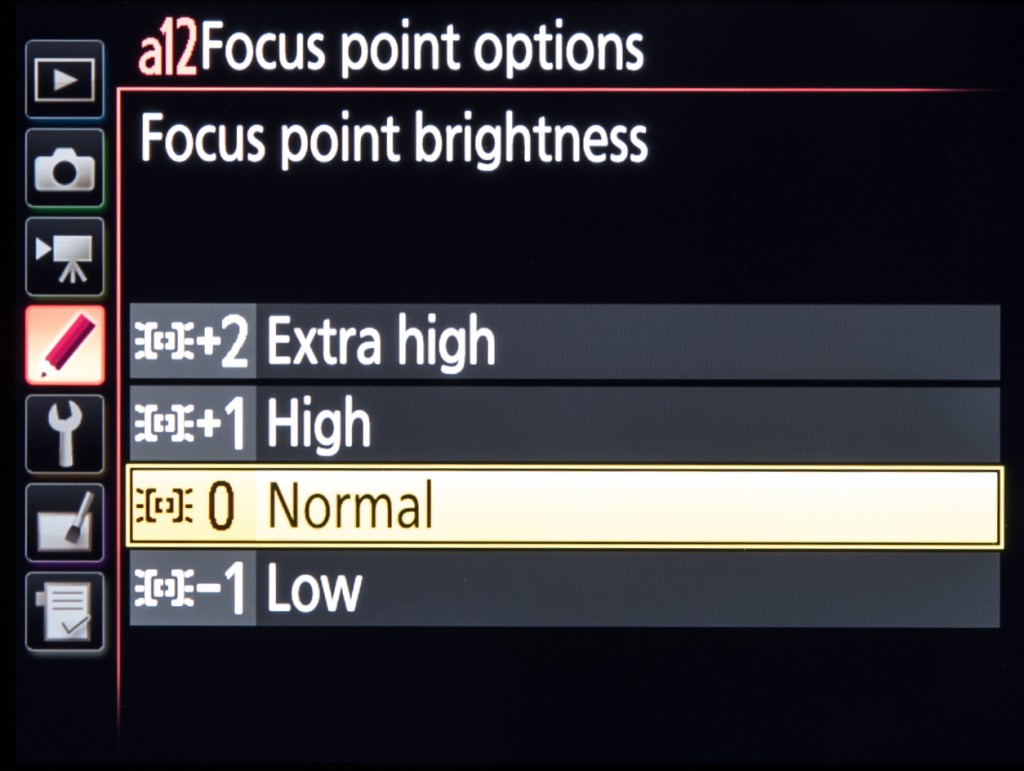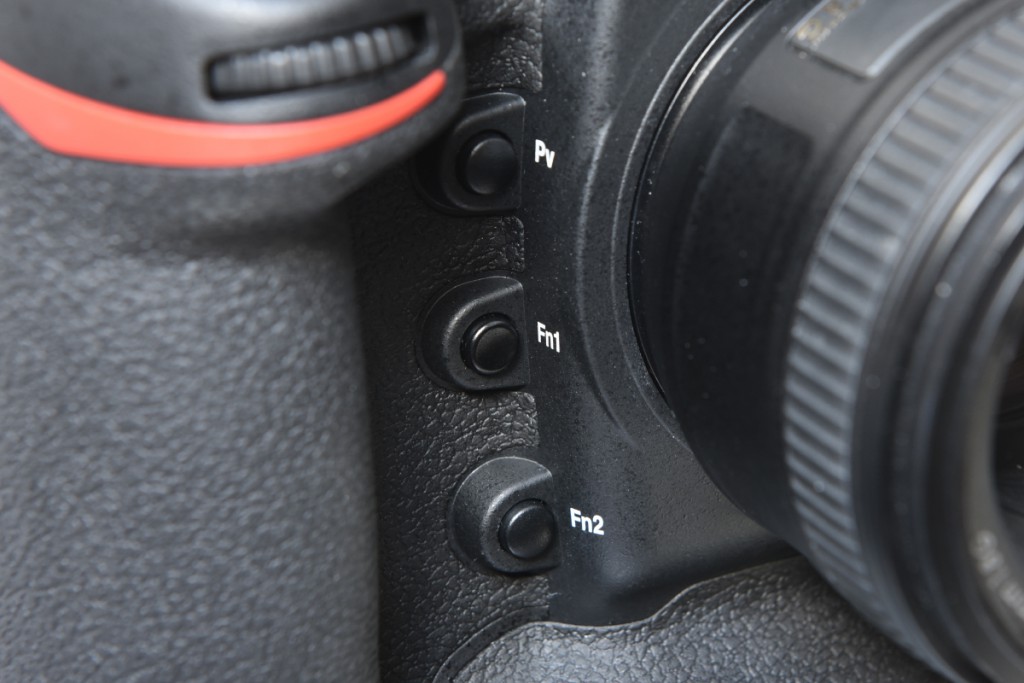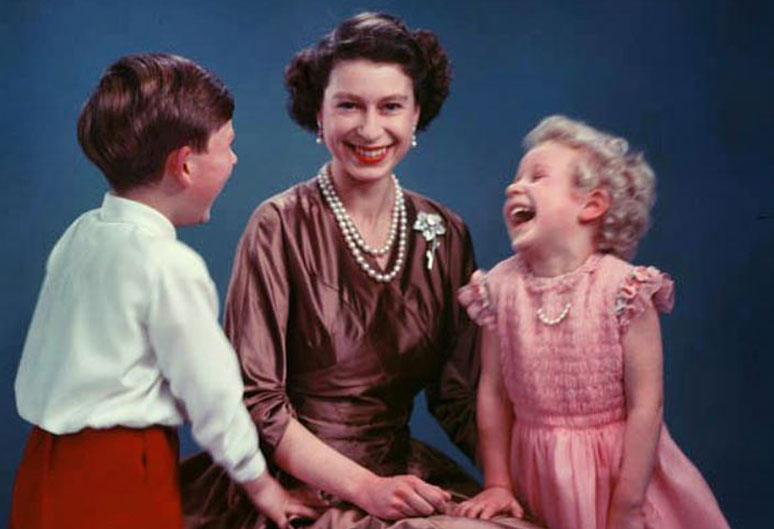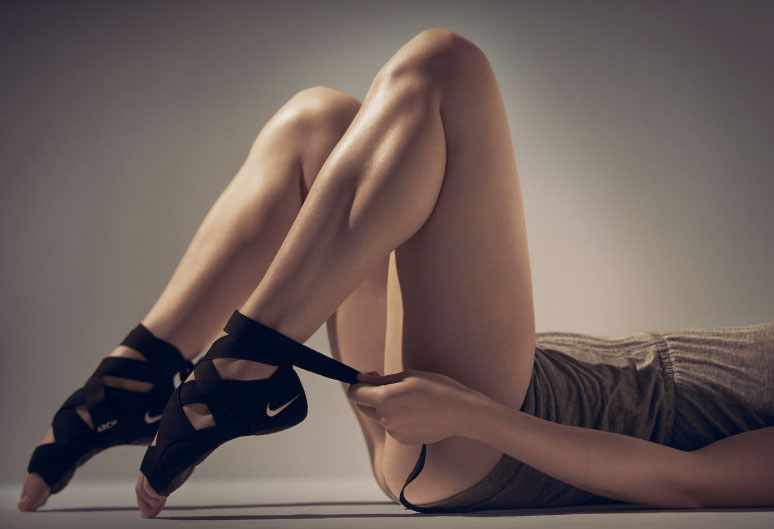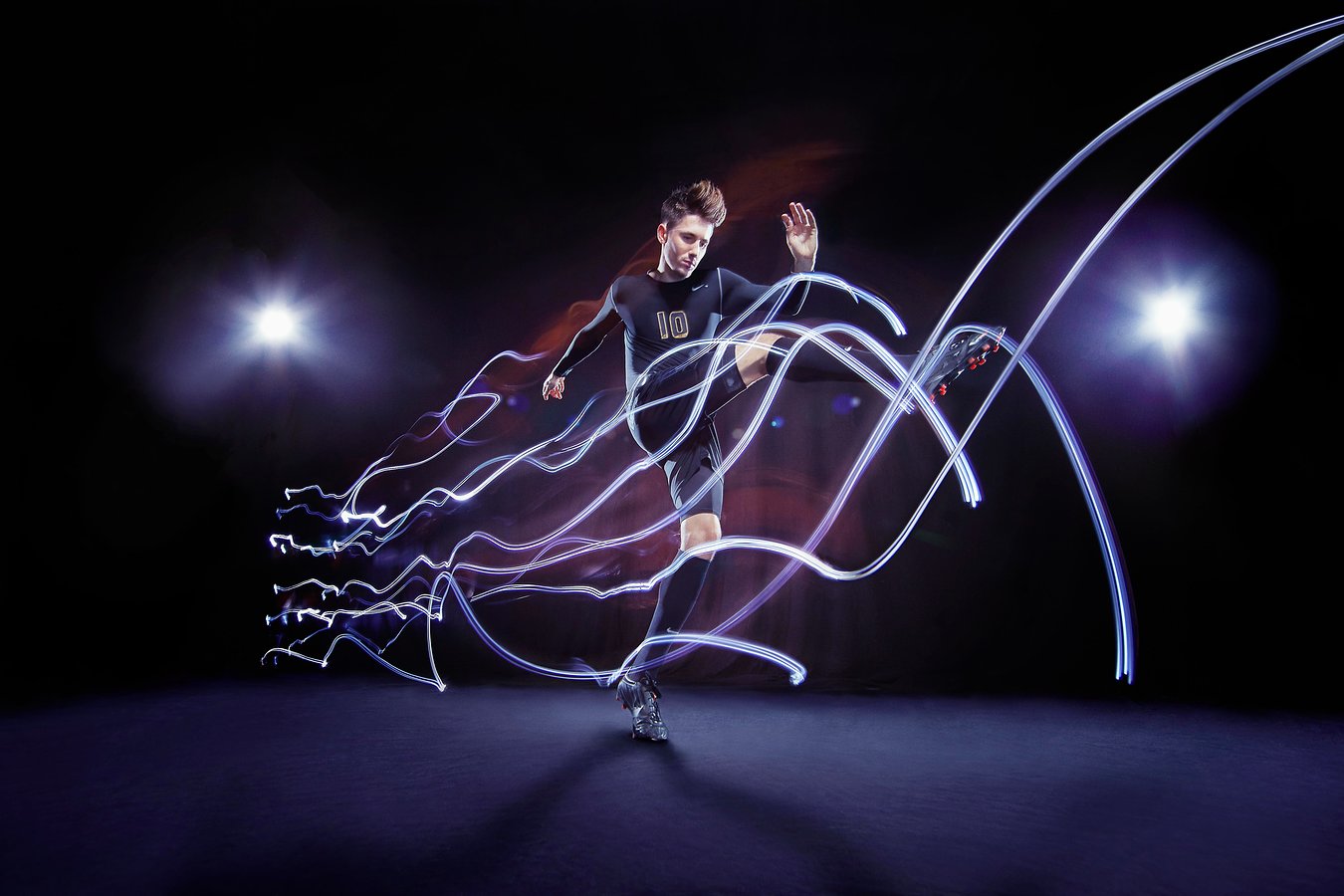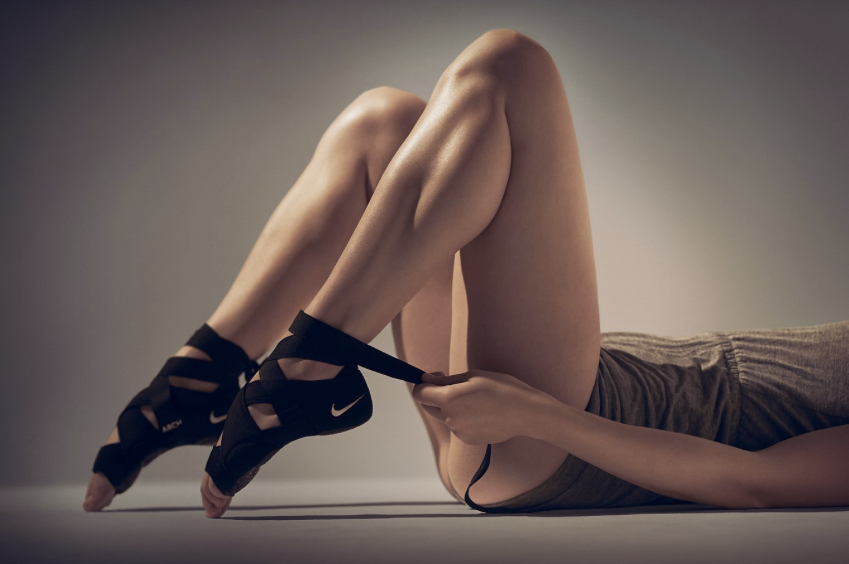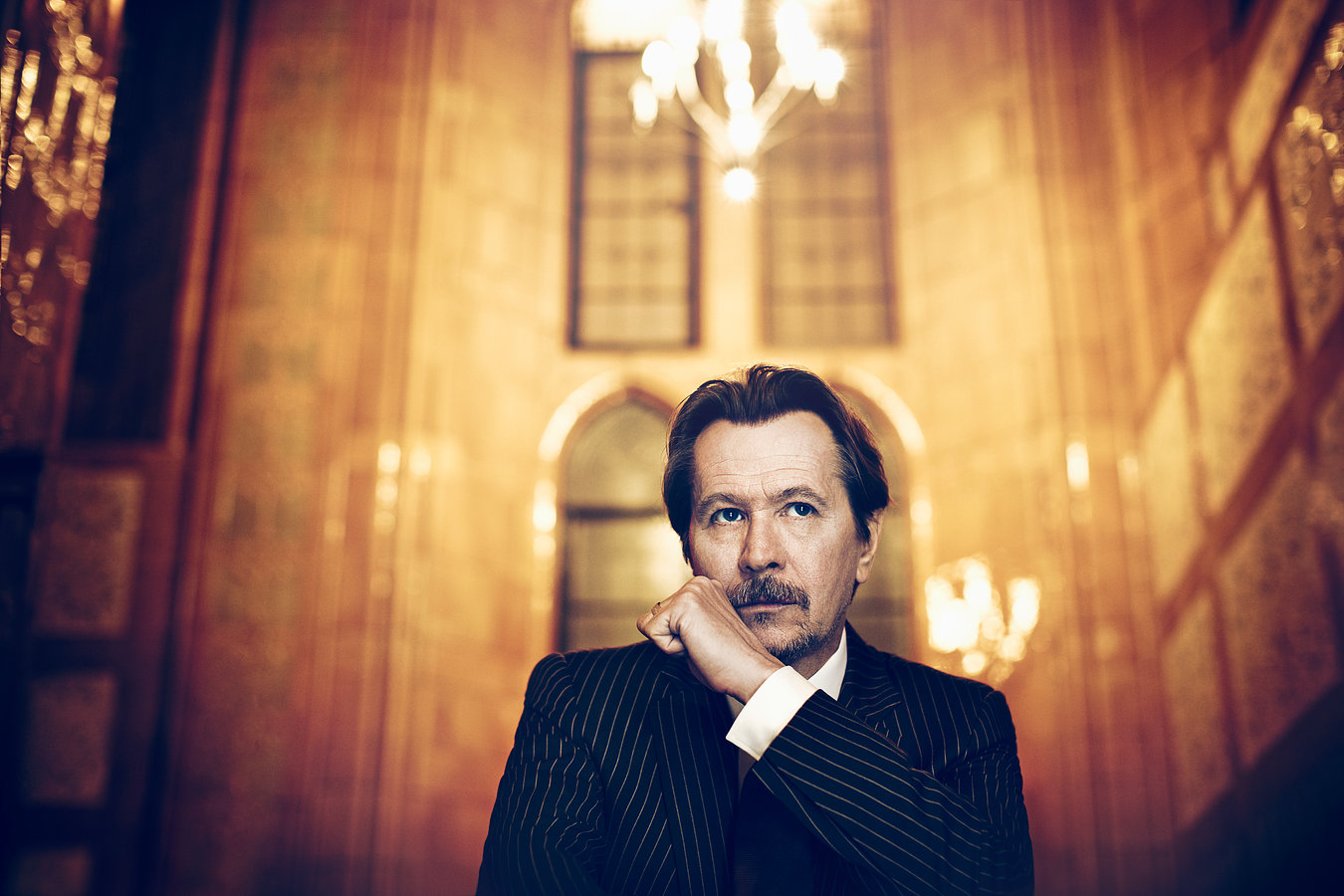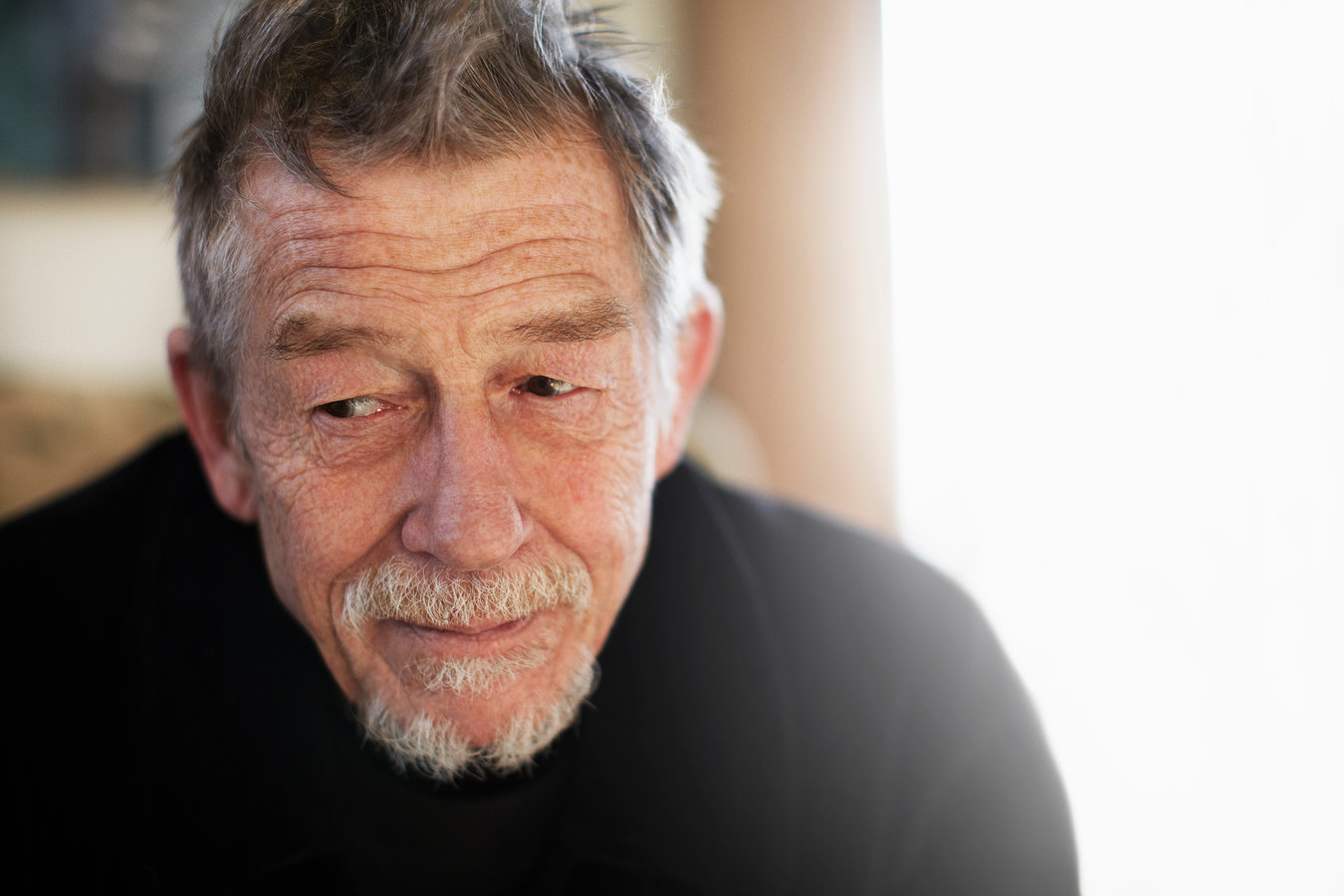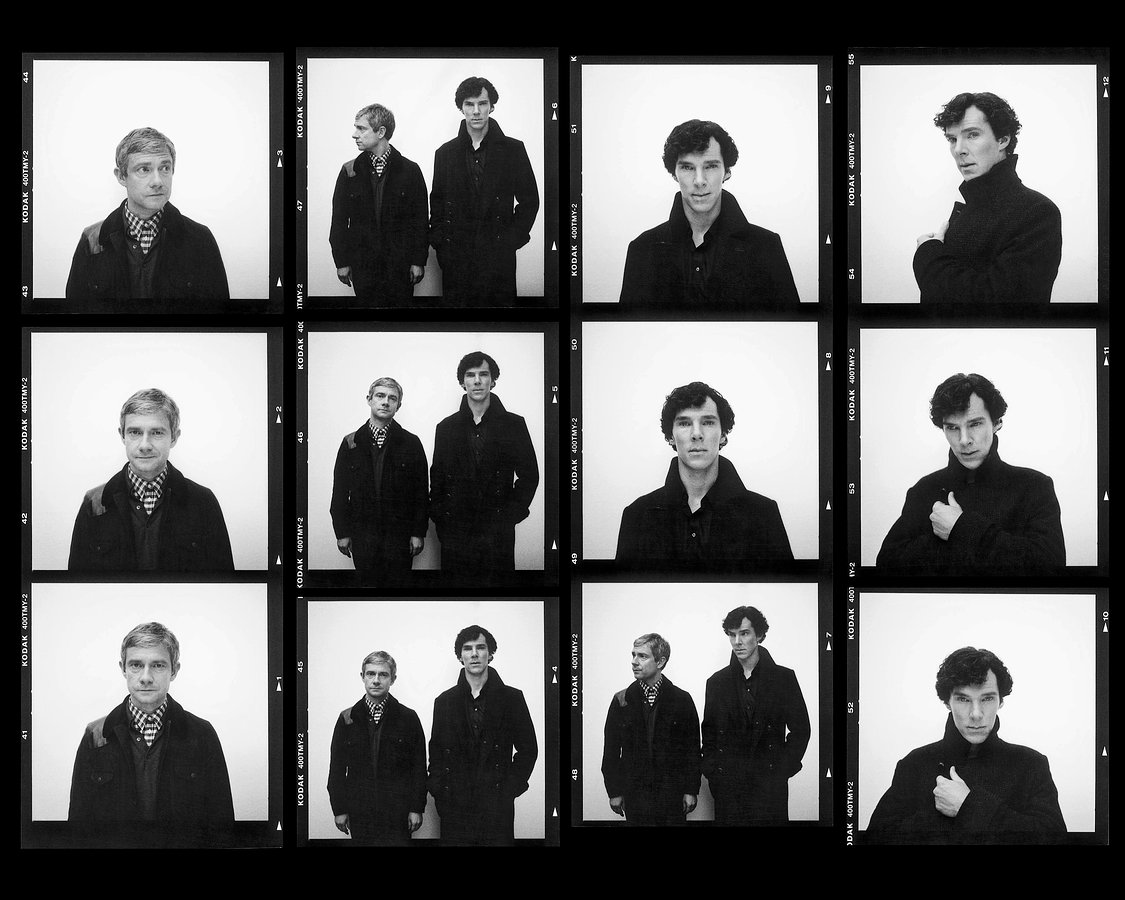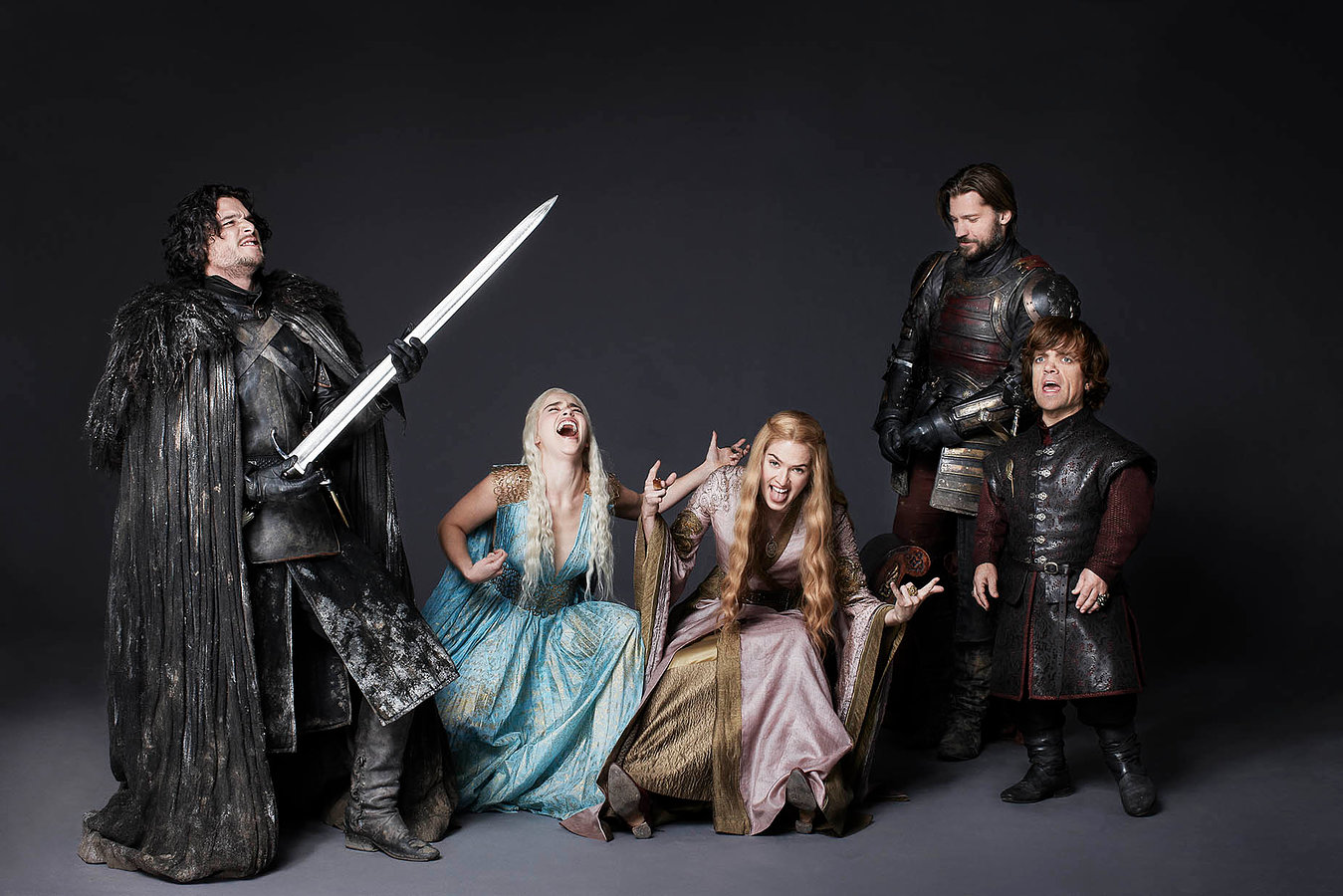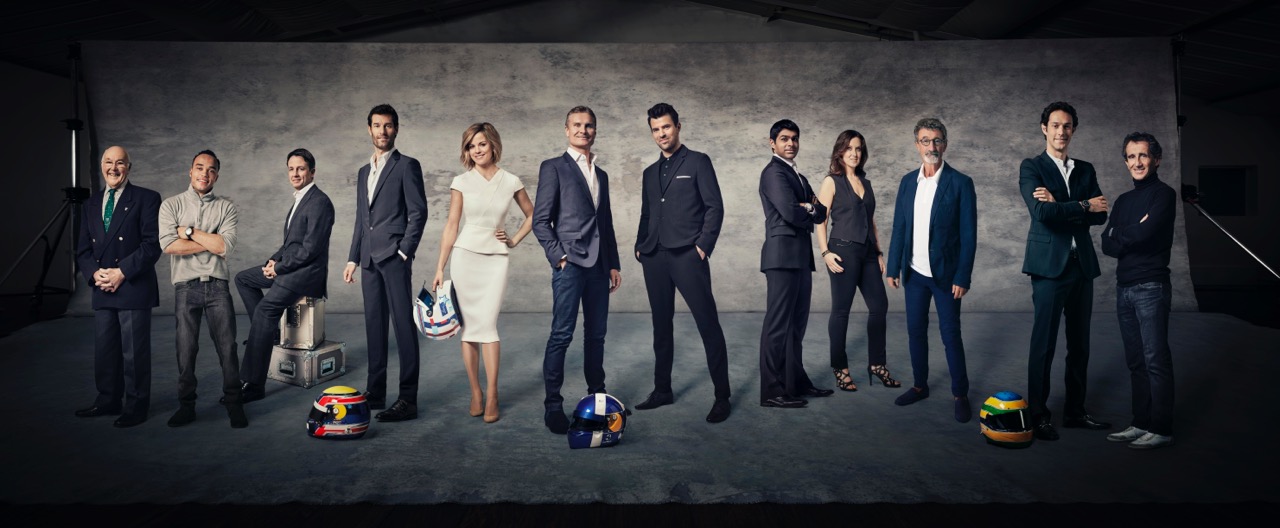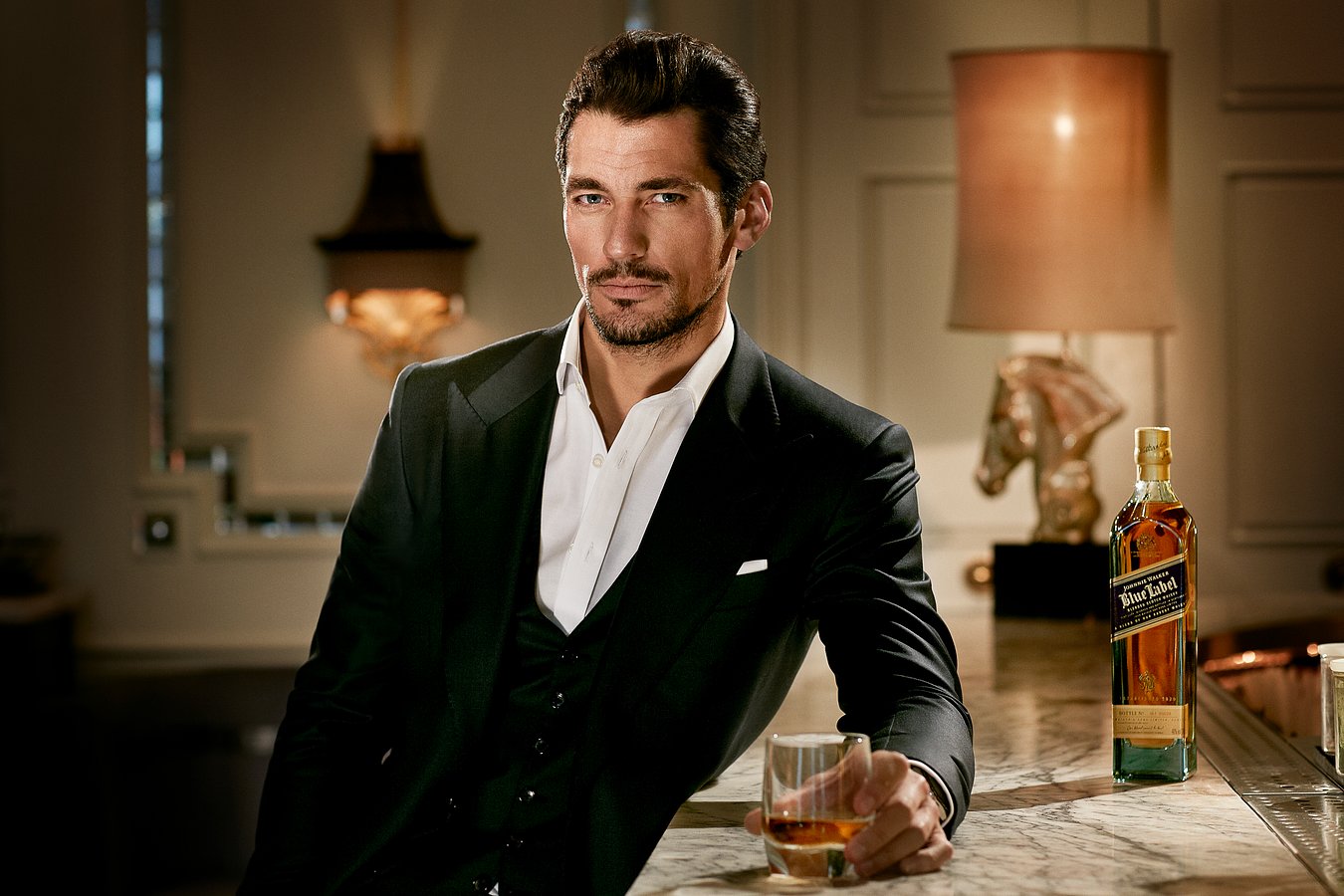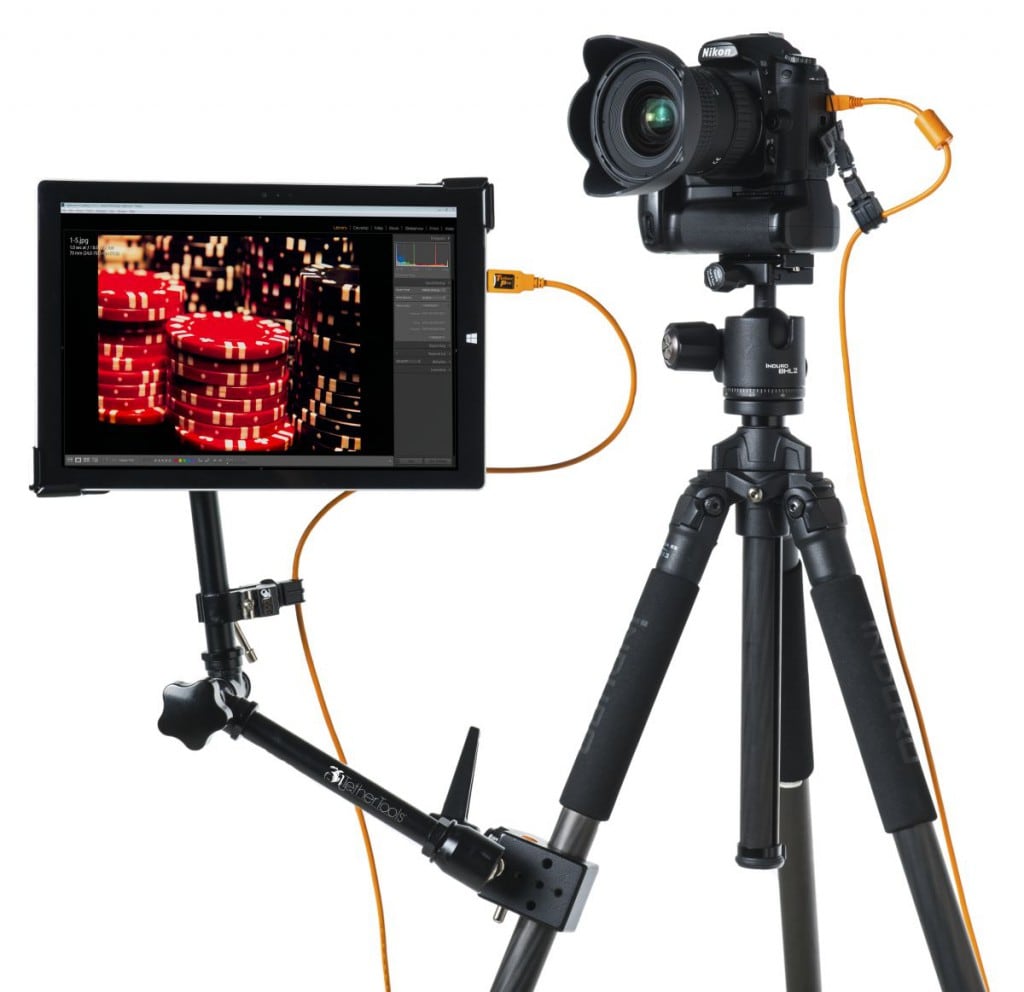
Once solely the province of studio and fashion photographers due to the bulk of the kit involved, tethering is now portable enough to be achieved by photographers in any discipline.
Tether Tools offer some of the most comprehensive tethering packages around. Known for their distinctive orange cables, Tether Tools have come up with a huge number of innovations for making tethering easier and more secure.
These include the JerkStopper Camera Support (pictured below), which provides extra security to stop the cable from coming loose from the camera, and the Tether Table Aero System, which provides an all-in-one platform for tethered photography on the move.
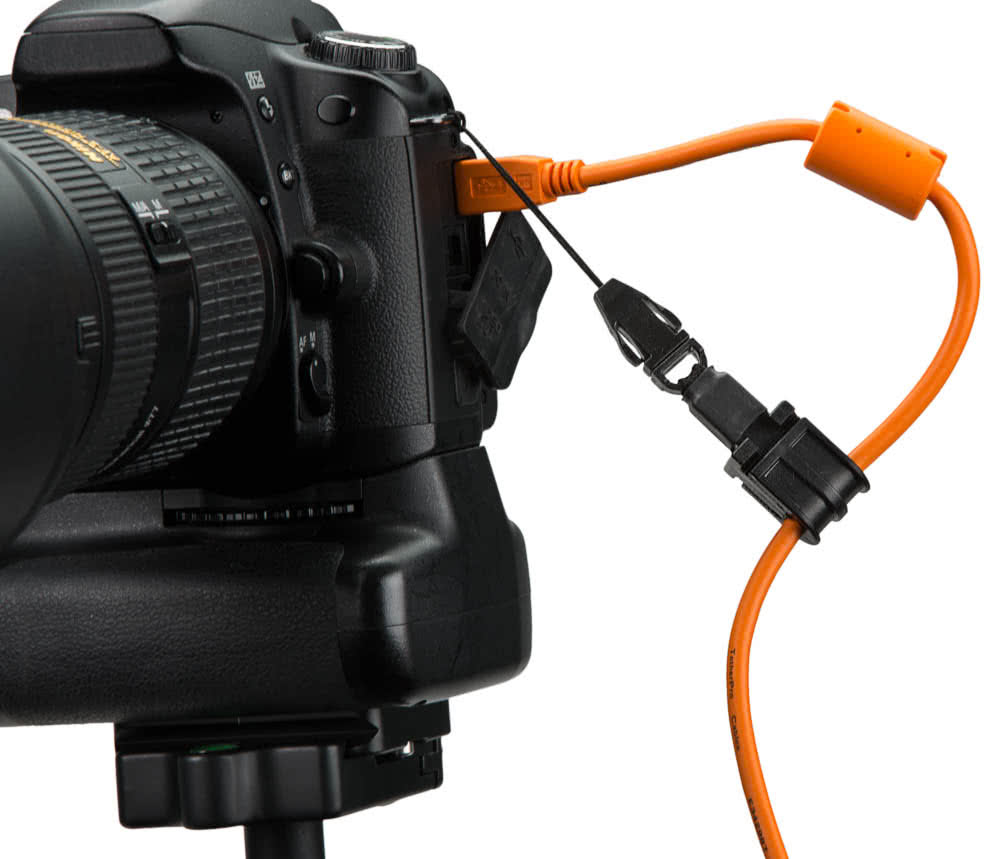
We’re delighted to announce that we are now stocking Tether Tools products for you to try in the Fixation Showroom.
In the UK, distribution of Tether Tools products is handled by Hardy Haase of Flaghead Photographic. He’ll be coming into the Fixation showroom next week to provide a demo of the products on offer. As a longstanding Tether Tools enthusiast, Hardy is well placed to give us the rundown of how the products work.
‘I was using their tethering products long before I became the distributor,’ Hardy tells us. ‘They were recommended by several of my customers, all professional photographers. The cables proved to be the most reliable I had ever come across.’
Until you try tethered shooting, it can be difficult to know whether it’s appropriate for your workflow. The key with Tether Tools, according to Hardy, is that it’s simple to pick up and get to grips with even if you’ve never tried tethered shooting before.
‘No matter if professional or enthusiast, Tether Tools products make the process easy and reliable,’ says Hardy. ‘Photographers who are new to tethered photography will find everything they need to know on the TT website with step by step instructions on how to shoot tethered with their equipment.’
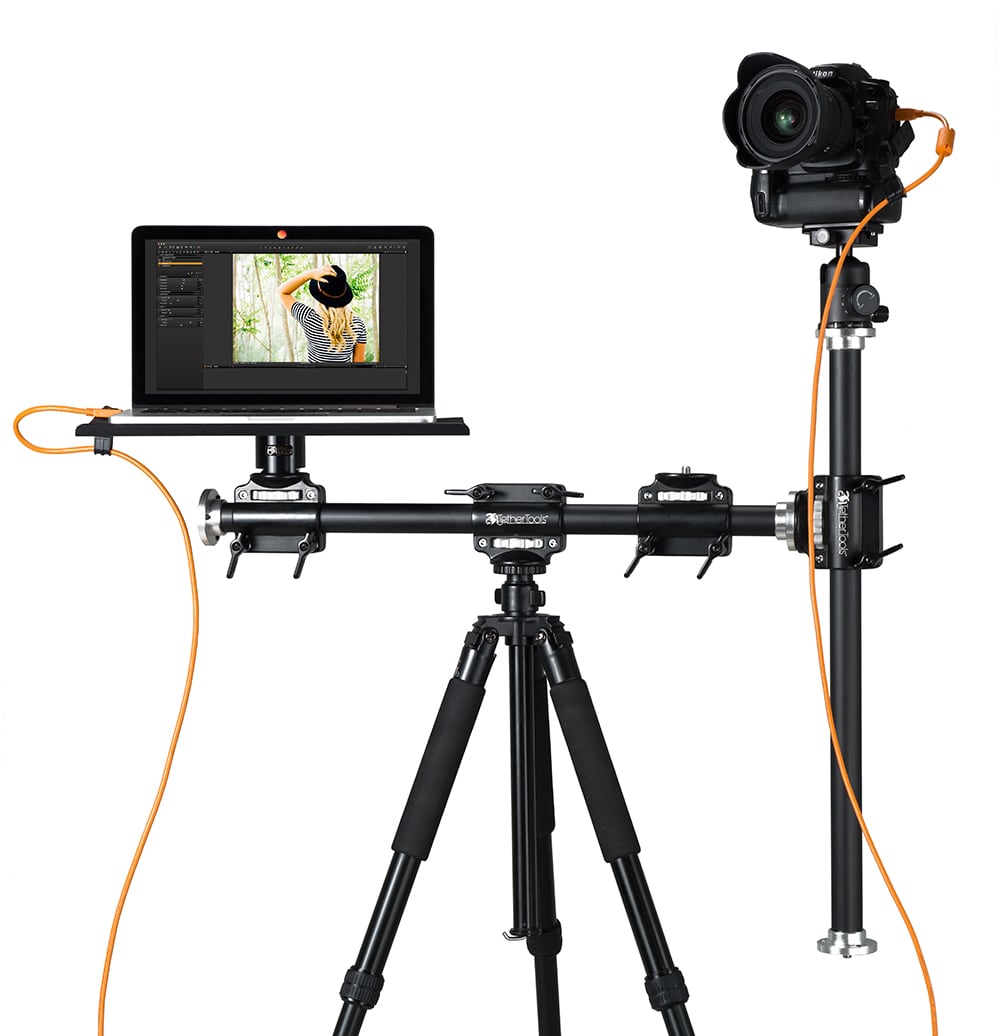
More about Tether Tools…
We also spoke to Josh Kenzer from Tether Tools, to learn about what’s on offer and what we’ll be seeing in the future. Read on for our quick Q&A to find out more…
How would you briefly sum up Tether Tools products?
Josh Kenzer: Tether Tools offers a wide variety of products for all types of photographers. We are most known for our high-visibility orange tether leads, but we actually got our start with the Tether Table Aero. The Aero table allows photographers to set up a mobile workstation using stands or tripods that they may already have.
Besides for tethering, Tether Tools offers a wide range of camera, tablet, speed lights, and monitor mounting solutions. This helps photographers customize and create not only the best mobile workstation for tethering, but puts their gear where they want it, when they need it.
We have also recently introduced a line of power solutions to help keep cameras and gear powered while shooting.
What, in your opinion, do Tether Tools products achieve that other similar tools do not?
JK: Tether Tools prides itself on build quality and professional appearance. We’ve listened to what photographers need and built products to meet those needs. Our products are rock solid and look great.
What kind of photographer would benefit most from using Tether Tools?
JK: For the tethering line of products, any photographer that needs to know they got the shot exactly correct whether that is in the studio or out on location. Typically, this would be commercial, fashion, architectural, and product photographers. We also see many macro and landscape photographers using our gear to shoot tethered.
For our mounting products, any photographer that needs easy and innovative ways to mount any type of gear on set. This includes the photographers listed above as well as wedding photographers who need to mount speed lights.
Our power solutions can benefit just about any photographer who needs to maintain power during a shoot. This includes those who don’t want to invest in proprietary batteries, shoot long time-lapse, video, or runs a photo booth.
Tether Tools Range at Fixation: Full List:
- TetherTools JerkStopper Camera Support
- TetherTools Rock Solid Battery Pack
- TetherTools USB 3.0 M-MicroB R/A 15 Org
- TetherTools USB 3.0 male-micro 15 Org
- TetherTools Pro USB 3.0 ext 16 Orange
- TetherTools Pro USB 2.0 Male-Mini 15 Or
- TetherTools USB 3.0 Core Controller
- TetherTools A/C Power Supply UK
- TetherTools Jerk Stopper Ext Lock Orange
- TetherTools Aero Tab S2 Uni Tablet Mount
- TetherTools Aero XDC Black
- TetherTools Aero Traveler 16×14 Black
- TetherTools Studio Vu Monitor Bracket
- TethetTools Proper Wallee iPad Case GRY
- TetherTools Secure Strap
- TetherTools StrapMoore – Laptop P/Brick

